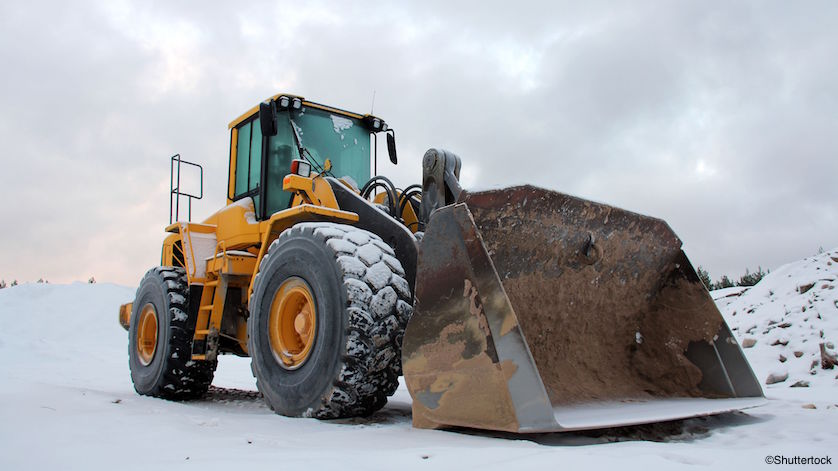
A growing trend in the industrial vehicles sector is to combine measuring instrumentation. This shift makes sense, as a level sensor combined with a temperature sensor, or a dual pressure–temperature transmitter, can provide more data at a lower cost than single instruments. Combined sensors also take up less space, an important consideration for mobile machines.
One of the goals of the mobile working machine industry is to make vehicles and equipment more compact and efficient. Predictive maintenance is also a growing priority. To achieve these goals, measurement devices need to be smaller and smarter. A standalone levels sensor, temperature sensor, and pressure sensor add to the complexity and cost of the machines. A combined sensor, on the other hand, solves these problems.
Why Use Combined Measuring Instruments
Basically, any fluid-power application in mobile working machines can benefit from a combined measurement solution. Manufacturers need pressure measurements, for example, to control hydraulic pumps, cylinders, and valves. Temperature measurements in these same components can be useful as part of the maintenance and diagnostics algorithm. A combined instrument in a hydraulic or engine cooling system reservoir can measure the fluid level to prevent damage to other components if it drops too low; data about the fluid temperature can warn about potential system malfunctions or component failures.
A combined measurement device needs only one entry point into the system to collect information. It also doesn’t require as many wires as multiple separate sensors. In short, manufacturers of mobile working machines appreciate these measurement solutions because they:
- Save space
- Lower costs
- Reduce complexity
- Provide more data for diagnostics, predictive maintenance, and autonomous operation
WIKA USA’s Combined Temperature–Level Sensors
WIKA’s measurement specialists understand mobile working machines. That’s why WIKA USA is a pioneer in developing and manufacturing several combined measurement devices for this sector.
Model RLT-3000, for example, combines a level sensor with a Pt100 or Pt1000 RTD. It can provide a transmitter or resistive output for both the level and temperature measurements, or a combination of transmitter and resistive outputs. Model RLS-3000, a level switch plus RTD or temperature switch, provides up to three different switch points for level measurement, and one switch point or resistive output for temperature measurement. Level switch points can be placed at any desired level within the tank. Both models come in a stainless steel version, which make them ideal for high temperatures and a wide variety of mobile machine fluids, including hydraulic oils, engine oils, fuel oils, engine coolants, diesel exhaust fluids, fertilizers, and pesticides. In addition, WIKA can provide the combined temperature–level sensor in custom stem lengths and mounting configurations.
WIKA has also been perfecting a robust and compact combined pressure–temperature sensor with several off-road machine manufacturers. WIKA works directly with each manufacture to assure accuracy and response time of both measurements to meet the requirements of the application.
WIKA has the knowledge and experience to deliver innovative measurement solutions that make mobile working machines more efficient and reliable. Don’t settle for the cost and inconvenience of two standalone sensors when you can have a high-quality combined device for your applications.
Click here to learn more about WIKA product applications in mobile working machines.


